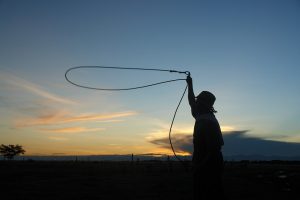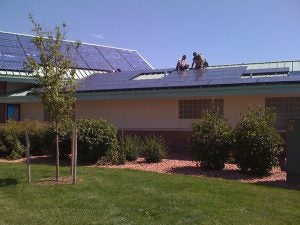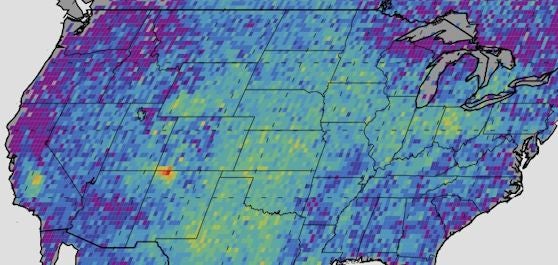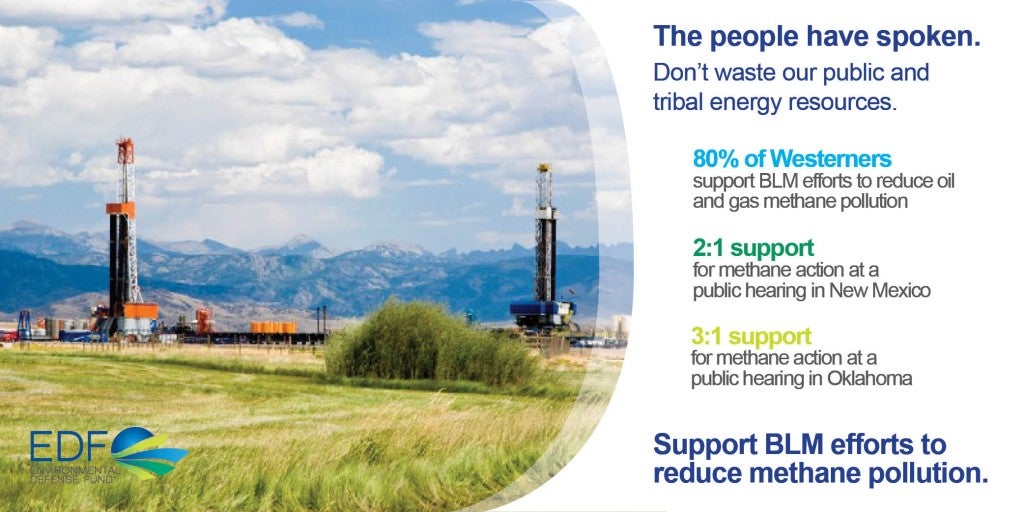 The American Lung Association released its annual State of the Air Report today, revealing what many communities have known for quite some time: air pollution from oil and gas operations is a growing concern.
The American Lung Association released its annual State of the Air Report today, revealing what many communities have known for quite some time: air pollution from oil and gas operations is a growing concern.
Air pollution has often been a challenge for highly-populated areas of the United States, but it is an issue rural communities have largely been able to avoid. However, that seems to be changing according to the ALA’s findings. La Plata County in Colorado and Duchesne and Uintah counties in Utah all received an “F” grade due to high levels of ozone. None has a population over 60,000 people, but each is home to significant amounts of oil and gas production.












 Each month, the Energy Exchange rounds up a list of top clean energy conferences around the country. Our list includes conferences at which experts from the EDF Clean Energy Program will be speaking, plus additional events that we think our readers may benefit from marking on their calendars.
Each month, the Energy Exchange rounds up a list of top clean energy conferences around the country. Our list includes conferences at which experts from the EDF Clean Energy Program will be speaking, plus additional events that we think our readers may benefit from marking on their calendars. What do Farmington, NM, Oklahoma City, Lakewood, CO and Dickinson, ND have in common? These cities are in the heart of oil and gas country, and – most importantly – were locations in which the BLM heard overwhelming support for strong efforts to reduce wasteful venting, flaring and leaks from the oil and gas industry at a series of public meetings in recent weeks.
What do Farmington, NM, Oklahoma City, Lakewood, CO and Dickinson, ND have in common? These cities are in the heart of oil and gas country, and – most importantly – were locations in which the BLM heard overwhelming support for strong efforts to reduce wasteful venting, flaring and leaks from the oil and gas industry at a series of public meetings in recent weeks. These numbers don’t lie. They represent the strong support new methane waste and pollution reduction rules from the Department of Interior’s Bureau of Land Management enjoy across the west. Methane is a potent climate pollutant and the main constituent of natural gas, so when oil and gas companies on public land allow methane to be leaked, burned or vented to the atmosphere, it not only impacts air quality and our climate, it also represents an economic loss to taxpayers.
These numbers don’t lie. They represent the strong support new methane waste and pollution reduction rules from the Department of Interior’s Bureau of Land Management enjoy across the west. Methane is a potent climate pollutant and the main constituent of natural gas, so when oil and gas companies on public land allow methane to be leaked, burned or vented to the atmosphere, it not only impacts air quality and our climate, it also represents an economic loss to taxpayers.